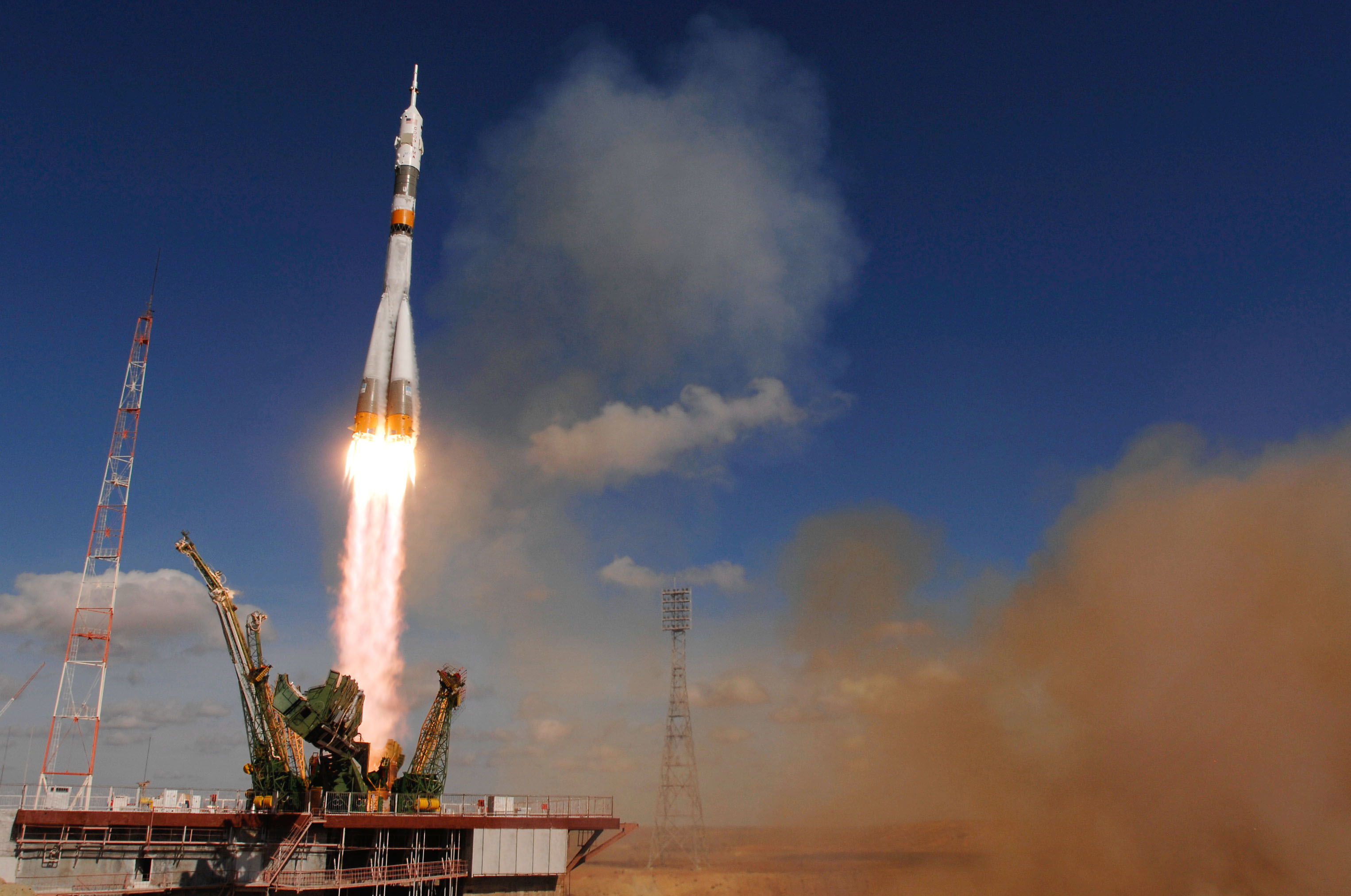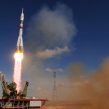
Space and Robotic Technology: the Kremlin’s Final Frontier?
Publication: Eurasia Daily Monitor Volume: 10 Issue: 183
By:

Russia’s deputy prime minister tasked with overseeing the defense industry, Dmitry Rogozon, is also billed as the country’s “space Tsar,” and he is presently turning his attention to large-scale sectorial reorganization to boost the Russian space sector’s competitiveness. On October 9, Rogozin briefed his close friend President Vladimir Putin and offered reassurance that all is going according to plan. The overall aim, according to Rogozin is to consolidate the Russian space sector in an open joint stock company known as United Rocket and Space Corporation while preserving the Russian Federal Space Agency (Roscosmos) (www.kremlin.ru, October 9; Kommersant, September 30).
This “plan” seems to have emerged from Prime Minister Dmitry Medvedev during a meeting with Rogozin on June 11. The latter considered that the “failure prone” space sector needed state supervision to overcome its problems. Russia employs around 250,000 workers in the space sector, while the United States has approximately 70,000. Yet, the comparison in terms of productivity is striking: senior officials acknowledge that it is eight times lower than in the US due to the existence of so much duplication in the Russian system (Kommersant, September 30).
Rogozin told Putin that Roscosmos will remain as the federal executive, “acting as system integrator and state purchaser for the programs that industry will carry out.” Designers and manufacturers of rockets and other space technology will be united under a single corporation. Research and infrastructure will remain under Roscosmos’s responsibility, and everything else will be transferred to the rocket and space corporation. However, the key problem will be addressing the component base. Rogozin explained: “The various [core] components make up 95 percent of any satellite. In order to avoid depending on component imports—and we both know that this is a highly competitive sector and some countries apply export controls that essentially make it impossible to import all the necessary components—the new system would enable us to concentrate resources and scientific potential on developing our own component base for space and defense needs, that is, areas where radio-resistant equipment is needed” (www.kremlin.ru, October 9).
Putin wanted assurances from Rogozin that such restructuring will “establish an organization capable of working successfully in the market and carrying out our defense procurement orders.” Rogozin appeared convinced that the new model will combine civilian and defense potential (www.kremlin.ru, October 9).
Systems integration and improved management in order to facilitate greater output in high technology items for defense and space seems to be a prominent theme in Rogozin’s thinking. Indeed, in terms of the defense industry, he advocates such approaches to save those sectors that are weakest. The task here, according to Rogozin, is to unify the broken elements of technological chains currently existing as separate enterprises within overall integrated structures. Part of that approach in the defense industry is to involve private companies in the process. Rogozin pointed to examples of such common work during the recent arms EXPO in Nizhny Tagil: “Some of the combat modules of armored vehicles shown there were made by two Kovrov enterprises—the Degtyarev plant and the Kovrov Electromechanical Plant—which are owned privately,” he explained, adding, “We are cooperating with these enterprises, giving them orders and thereby demonstrating to other private owners that cooperation with the state in this work pays big dividends, including political ones. For businesses, this is also important because they are involved in the work with the power foundation of the state. It is beneficial for them. It broadens their capabilities in other aspects of their business” (Interfax, October 7).
Robotics was a focal point during the arms EXPO in Nizhniy Tagil. Rogozin repeatedly stresses this area of technological development, saying that combat robots will be an area of the state armament program for 2016–2025. This would include a variety of combat robots ranging from projects on airborne, ground based or sub-sea types. At the EXPO, he boasted to journalists: “You must have seen remote-controlled machines demonstrated in Nizhniy Tagil. One of them was designed to extinguish fires, for instance, inside burning arsenals, and another was made for patrolling missions. Any specialist can tell you that we can build any remote-controlled vehicle with relevant mechanisms if we can build a remote-controlled fire engine.” It appears that one aim in developing such technology is to keep Russian officers and soldiers away from “the kill zone.” Moreover, Rogozin’s vision for the future Russian soldier is that he will “do the job of five,” meaning he will be an operator of a weapons system positioned beyond enemy range and able to inflict maximum damage on enemy forces (Interfax, October 7).
In all these statements, Rogozin certainly displays enormous ambition and frames his rhetoric to maximize its appeal to the security elite and to Putin in particular. But underlying his rhetoric a number of clear patterns are emerging. Rogozin is much more at ease—whether his subject is space sectorial reorganization or addressing defense industry issues and challenges—while discussing the future, such as the state armament program for 2016–2025 or high technology breakthroughs. But he is also doing this in a way that shows he is inching away from too much state control, advocating greater partnerships with the private sector, without quantifying the actual goals involved. His focus, therefore, is to hold out the hope of improvement, while looking to a future where Russia will reassert itself in space and defense technology; underlying weaknesses are more problematic to address (https://government.ru/vice_news/7014#; RIA Novosti, September 30).
It is in this context that Rogozin looks to the new state armament program. In particular, he overlooks the failures of the existing armament program to develop “weaponry based on new physical principles” and “cross-environment systems.” Indeed, commanders should no longer request service-specific weapons, as modern weaponry operates in multiple environments: in space, air, land and sea, among others (Interfax, October 7). His credentials as a deft Russian politician are well established within the political and security elites; however, Rogozin also knows that he needs some success in these areas if he is to avoid multiple failings from sticking to his public image.




